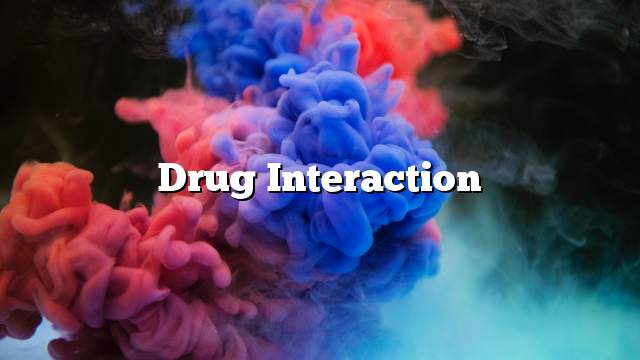Interaction between two or more drugs, while mixing with each other, may result in loss of efficacy or increase in toxicity. The compound may be more effective than the efficacy of a drug alone. This is called drug interaction
The first is the interaction of pharmacokinetics and occurs when the drug changes the characteristics of absorption or distribution and emergence or to the metabolism of another drug and expresses the absorption and distribution, metabolism and exposition, and is subject to consideration of the health situation and the way in which the drug is given, The way of medication given through the mouth and has four forms and is
Absorption interference
Interference of displacement or protein bonds
Interference of metabolism or biological transformation
Interference of smells
There are some cases of drug interactions, desirable and required to achieve increased drug efficacy
And reduce the time of exposure of the body to drugs, which shorten the time of treatment
It also reduces the amount of medication used in the treatment, thus reducing the toxicity of the drugs
Examples of desirable overlaps are:
Use more than one antibacterial at the same time
Ampicillin, chloramphenicol and streptomycin are combined to treat meningitis
Incorporation of the aminoglycoside group to treat heart cell infections
Giving more than one antibacterial mechanism differs from each other, making the results more satisfactory
Using levodopa with carbidoba to treat Parkinson’s disease Valvodopa can cross the blood barrier
The brain and liver and intestine metabolize before the arrival of the brain and Carbidoba does not cross the blood barrier preventing the process
Metabolism caused by the first and this combination is getting better therapeutic benefits and less side effects
